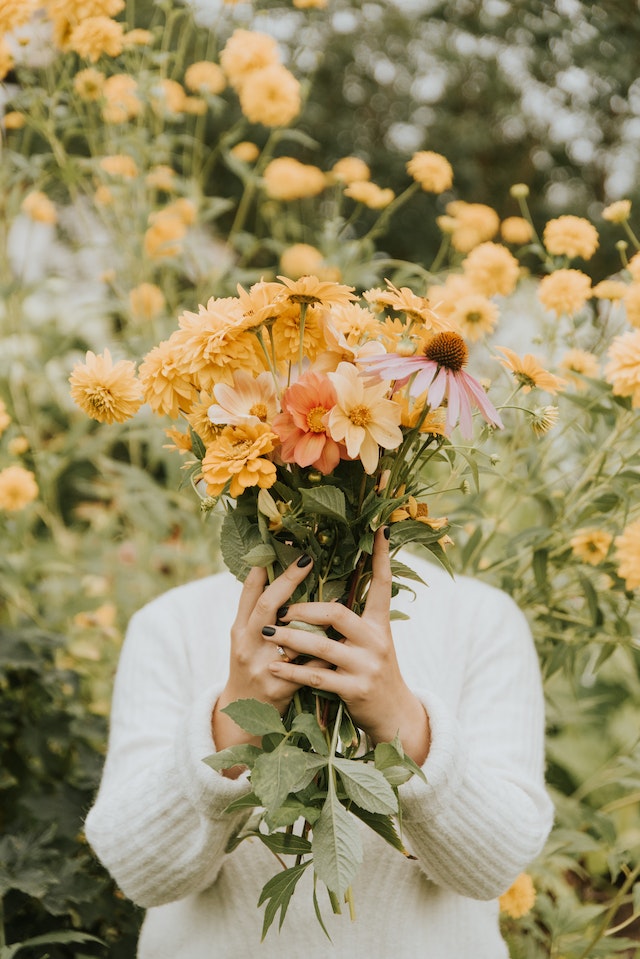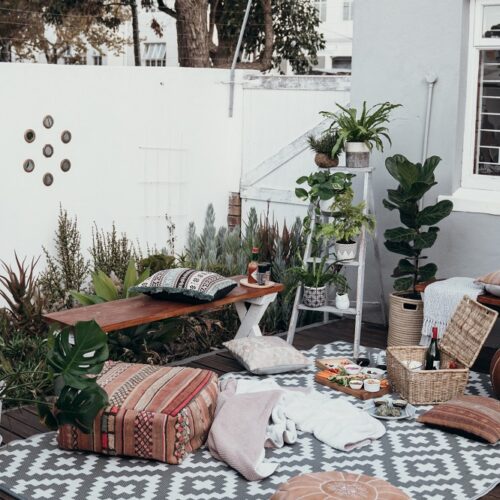
A well-designed garden can be a riot of colour, a symphony of textures, and a testament to the beauty of nature. Plant diversity is the key to this visual feast. By incorporating a variety of plants into your garden, you can create a vibrant, visually appealing space that not only delights the senses but also benefits the local ecosystem. Let’s explore how you can add colour and texture to your garden, transforming it into your own personal Eden.
The Basics Of Colour And Texture
Colour and texture are the two main elements that can make or break a garden design. Colour sets the mood of your garden. Warm colours like red, orange, and yellow can create a lively and energetic atmosphere, while cool colours like blue, purple, and green can evoke a sense of calm and tranquillity. Texture, on the other hand, adds depth and interest to your garden. It’s all about how the surface of the plants looks and feels. For instance, the smooth, glossy leaves of hedging plants from retailers like Hedging UK can contrast with the soft, feathery fronds of ornamental grasses.
But how do you balance these elements to create a harmonious garden? The key is to consider the colour wheel and the concept of contrast. Complementary colours (those opposite each other on the colour wheel) can create a vibrant contrast, while analogous colours (those next to each other) can create a harmonious blend. Similarly, contrasting textures—like pairing a spiky succulent with a soft, billowy fern—can make your garden more visually interesting.
Choose The Right Plants For Colour

Choosing the right plants is crucial for adding a splash of colour to your garden. But it’s not just about picking your favourite colours. You also need to consider the conditions of your garden (like sunlight and soil type) and the plant’s flowering season. For instance, if your garden gets a lot of sun, opt for sun-loving plants like marigolds or petunias. If it’s mostly shady, go for shade-tolerant plants like hostas or ferns.
Also, consider when the plants flower. By choosing plants that flower at different times, you can ensure that your garden is colourful throughout the year. For instance, crocuses and daffodils can provide early spring colour, while asters and chrysanthemums can brighten up your garden in the fall.
Add Texture With Varied Plant Types
Texture in a garden is all about creating visual interest and depth. It’s about the interplay of different plant forms, leaf shapes, and surfaces. To add texture, consider incorporating a variety of plant types, from towering trees and lush shrubs to delicate flowers and ornamental grasses.
Trees and shrubs, such as hedging plants, can provide structure and act as a backdrop for other plants. Their leaves can range from glossy and smooth to rough and serrated, adding different tactile elements to your garden.
Flowering plants, on the other hand, can provide softness and colour. Choose varieties with different flower shapes and sizes for added contrast. For instance, the round blooms of roses can contrast beautifully with the spiky flowers of echinacea.

Don’t forget about ornamental grasses and ferns. Their feathery fronds and arching blades can add a sense of movement to your garden, especially on breezy days.
Maintain Your Colourful, Textured Garden
Keeping your garden vibrant and textured requires regular care. Each plant type has unique watering, feeding, and pruning needs. Water plants in the early morning or late evening to minimise evaporation and adjust based on each plant’s preference for soil moisture. Use the appropriate fertiliser to promote healthy growth. Regular pruning, timed correctly for each plant type, helps maintain shape and encourages new growth. With these simple maintenance steps, your garden can remain a colourful and textured masterpiece throughout the year.
© Copyright 2023 Antonia, All rights Reserved. Written For: Tidylife


Leave a Reply